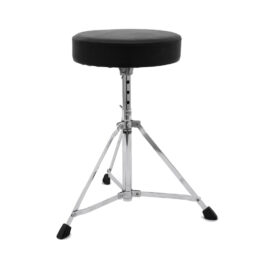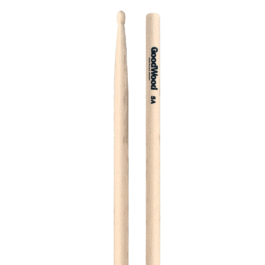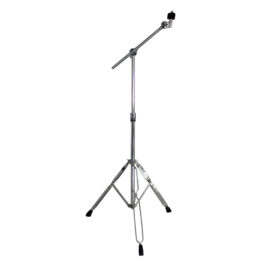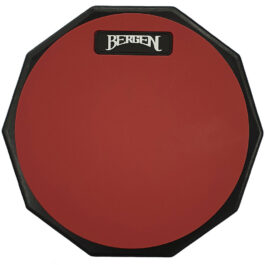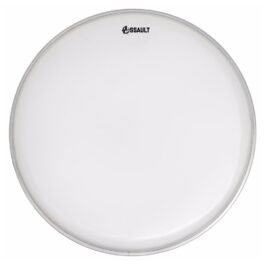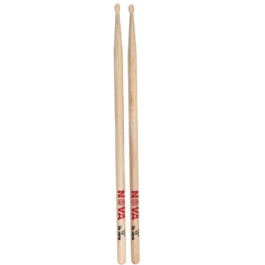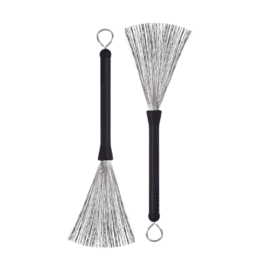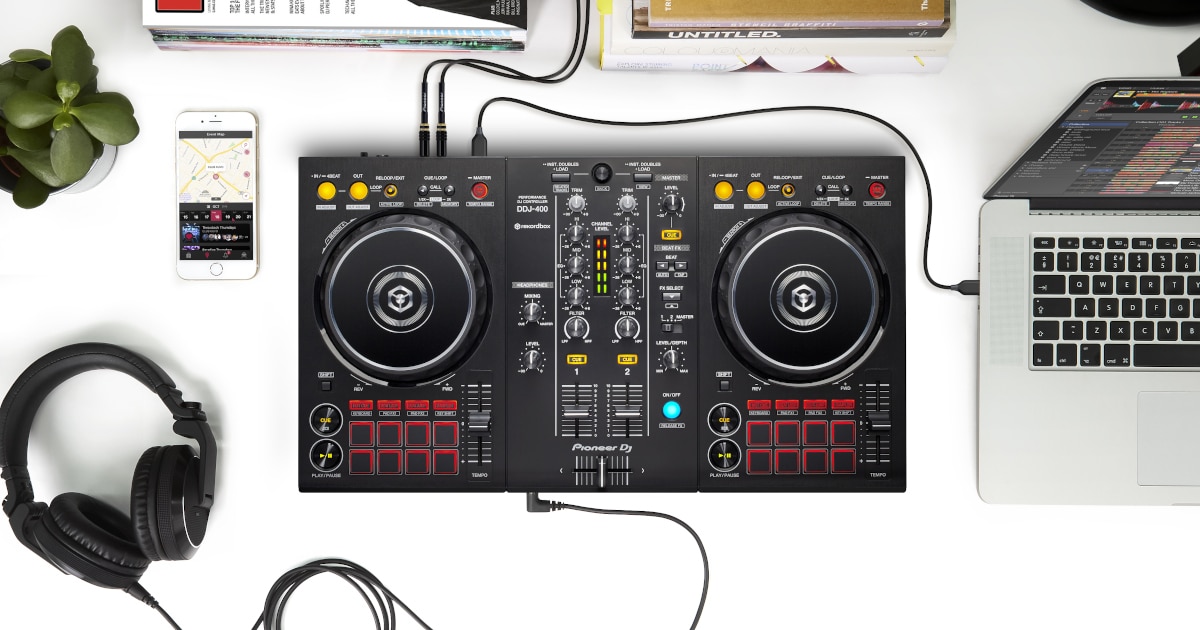
A topic often overlooked by beginner drummers is tuning. Although many don’t realize it, tuning your drum kit is as important as a guitarist tuning their guitar. An incorrectly tuned drum kit could sound dull, flat, or outright bad, whereas a drum kit that has been tuned will have a distinctive “snap” to the tone.
We’ve put together a step-by-step guide to tuning your drum kit, so that you can ensure that your kit always sounds its best. And if the idea of tuning your drum kit is still intimidating after you read this, then pop into one of our stores and let one of our drum specialists guide you through it!
Step 1: The Anatomy of Tuning
Depending on the drum you are tuning, there can be between four and ten adjustment points. Drums are a lot more tricky to tune than a guitar because the round shape can create a multitude of odd order harmonics.
When we tune a drum, we can tighten or loosen the lugs around the outside of the drum. By adjusting the tension of the drum skin, we can change the tone of the drum. Tension is adjusted using a drum key. If one did not come with your kit, or if you’ve lost yours, replacements are affordable and available at any one of our stores.
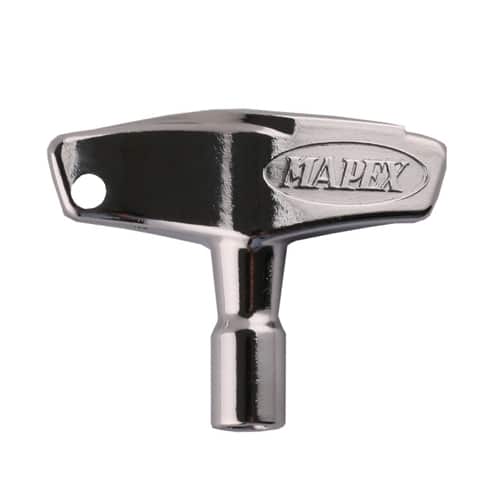
Step 2: Does the Kit Need Tuning
Place the drum on a stool, and place your finger in the middle of the drum. Now, pick any of the lugs on the rim of the kit, and tap it. That lug is now lug one. Once you’ve tapped the lug, move counterclockwise, and tap the lug next to the one you just tapped. Do they produce the same tone?
This is where ear training comes into play. If the lugs sound the same, move onto the next one. If they don’t sound the same, then your drum will need some tuning.
Step 3 - Tune the kit
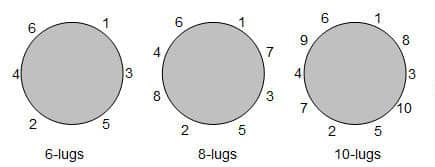
If you can tell the difference between the tone of the lugs, tuning your drum kit is a breeze. Simply adjust each lug to sound like the one opposite it.
Tap lug one, see what it sounds like. Then Tap lug two. Now, simply use your drum key to tune lug two either up or down to sound like lug one. From there compare three and four. Then five and six, and so until you’ve tuned the kit.
But what if a lug is too sharp, and the lug is already as loose as it can go? You should then check the opposite lug.
Step 4 - Opposites When Tuning
The circular shape of the drum makes it a little tricky to tune sometimes, but if you understand the mechanics of what you’re doing, you shouldn’t have an issue.
If lug two is too sharp, and the lug is completely loose, you can check lug six. If you loosen lug six, then lug two will also drop in pitch.
Step 5 - Practice
And that is all there really is to tuning your drums. Of course, at first you will be slow and won’t get it perfectly correct, but with time and practice, you’ll be tuning your drum like a pro!
Shop Drums Online Now...
-
- Out of Stock
- Drums & Percussion, Electronic Drums
Alesis Nitro Mesh – Electronic Drum Kit
-
R14,395R7,899FREE DELIVERY - Select options
-
-
Birthday Sale Deal!
- Drums & Percussion, Drum Hardware
Mapex T200 Drum Throne
-
R999R720FREE DELIVERY - Select options
-
- Out of Stock
- Drums & Percussion, Sticks & Mallets
Vater Goodwood 5A Wooden Tip Drum Sticks
-
R185R135 - Select options
-
-
Birthday Sale Deal!
- Drums & Percussion, Drum Hardware
Mapex B200A Cymbal Boom Stand
-
R1,099R825FREE DELIVERY - Select options
-
- Out of Stock
- Drums & Percussion, Electronic Drums
Alesis Debut Kit – Electronic Drum Kit
-
R8,995R4,899FREE DELIVERY - Select options
-
-
Birthday Sale Deal!
- Drums & Percussion, Drum Accessories
Bergen PD-08 8″ Practice Pad
-
R599R520FREE DELIVERY - Select options
-
Birthday Sale Deal!
-
- Out of Stock
- Drums & Percussion, Percussion
Dunlop 9102 Gel Eggshaker
-
R69R55 - Select options
-
-
Birthday Sale Deal!
- Drums & Percussion, Drum Hardware
Mapex P200A Bass Drum Pedal
-
R919R660FREE DELIVERY - Select options
-
- Out of Stock
- Drums & Percussion, Drum Accessories, Drum Heads
Evans Real Feel 12″ Speed Pad Drum Practice Pad
-
R1,250R900FREE DELIVERY - Select options
-
-
Birthday Sale Deal!
-
Birthday Sale Deal!



